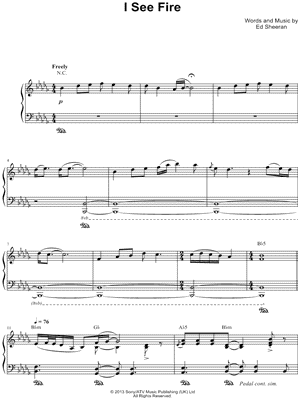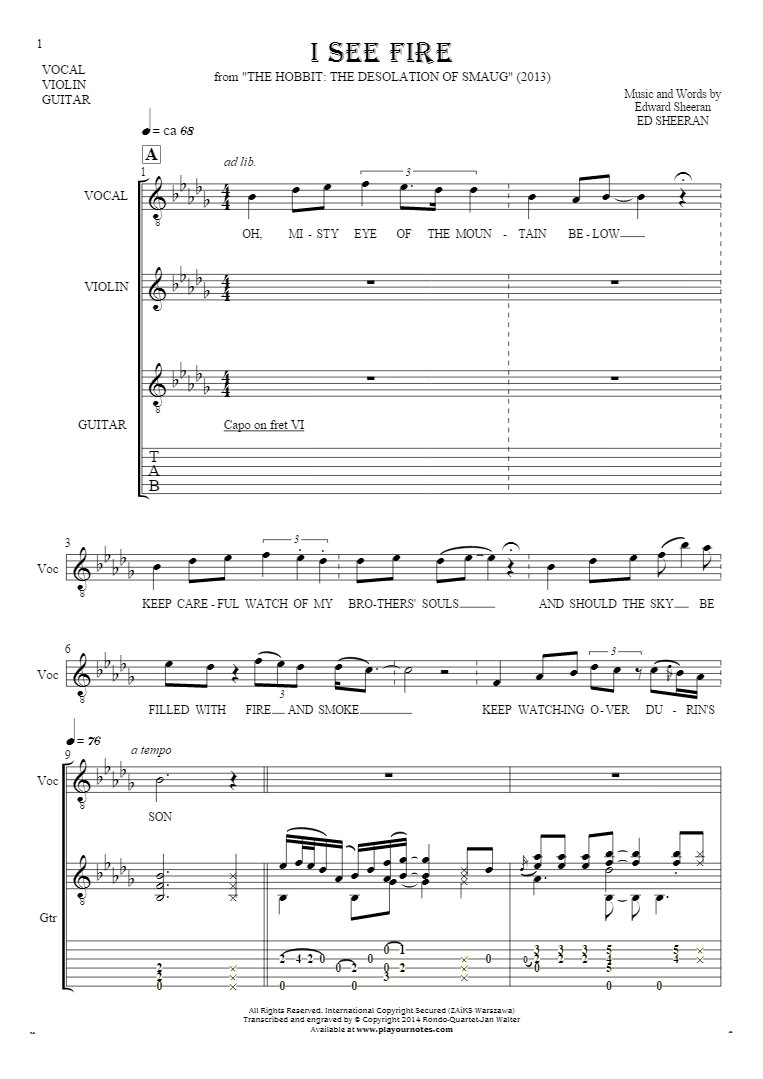

a battuta Return to normal tempo after a deviation. On these organ stops, some of the knobs have numbers indicating the length in feet of the longest (the lowest note) organ pipe of the stopġ′ "sifflet" or one foot organ stop I usually for orchestral string instruments, used to indicate that the player should play the passage on the highest-pitched, thinnest string 1 + 3⁄ 5′ Tierce organ stop 2′ two feet – pipe organ indication see Organ stop § Pitch and length 2 + 2⁄ 3′ pipe organ stop for the twelfth interval II usually for orchestral string instruments, used to indicate that the player should play the passage on the string adjacent to the highest-pitched, thinnest string, ie the 2 nd highest string II cymbal stop on pipe organ III usually for orchestral string instruments, used to indicate that the player should play the passage on string adjacent to (but higher in pitch) than the lowest-pitched, thickest string, ie the 3 rd highest string 4′ four feet – pipe organ rank that speaks one octave higher than 8′ IV usually for orchestral string instruments, used to indicate that the player should play the passage on the lowest-pitched, thickest string, ie the 4 th highest string IV–VI mixture stop on pipe organ 8′ eight-foot pipe – pipe organ indication 16′ sixteen-foot pipe – pipe organ indication calling for one octave below 8′ 32′ thirty-two-foot pipe – pipe organ indication calling for two octaves below 8′ also called sub-bass 64′ sixty-four-foot pipe – pipe organ indication (only a few organs have this deep a pitch) A a or à ( Fr.) at, to, by, for, in à la ( Fr.) in the style of. Some composers prefer terms from their own language rather than the standard terms listed here. The list can never be complete: some terms are common, and others are used only occasionally, and new ones are coined from time to time.

Unless specified, the terms are Italian or English. Most of the other terms are taken from French and German, indicated by " Fr." and " Ger.", respectively. Sometimes, the special musical meanings of these phrases differ from the original or current Italian meanings. Most of the terms are Italian (see also Italian musical terms used in English), in accordance with the Italian origins of many European musical conventions. This is a list of musical terms that are likely to be encountered in printed scores, music reviews, and program notes. JSTOR ( June 2015) ( Learn how and when to remove this template message).Unsourced material may be challenged and removed.įind sources: "Glossary of music terminology" – news Please help improve this article by adding citations to reliable sources. This article needs additional citations for verification.


 0 kommentar(er)
0 kommentar(er)
